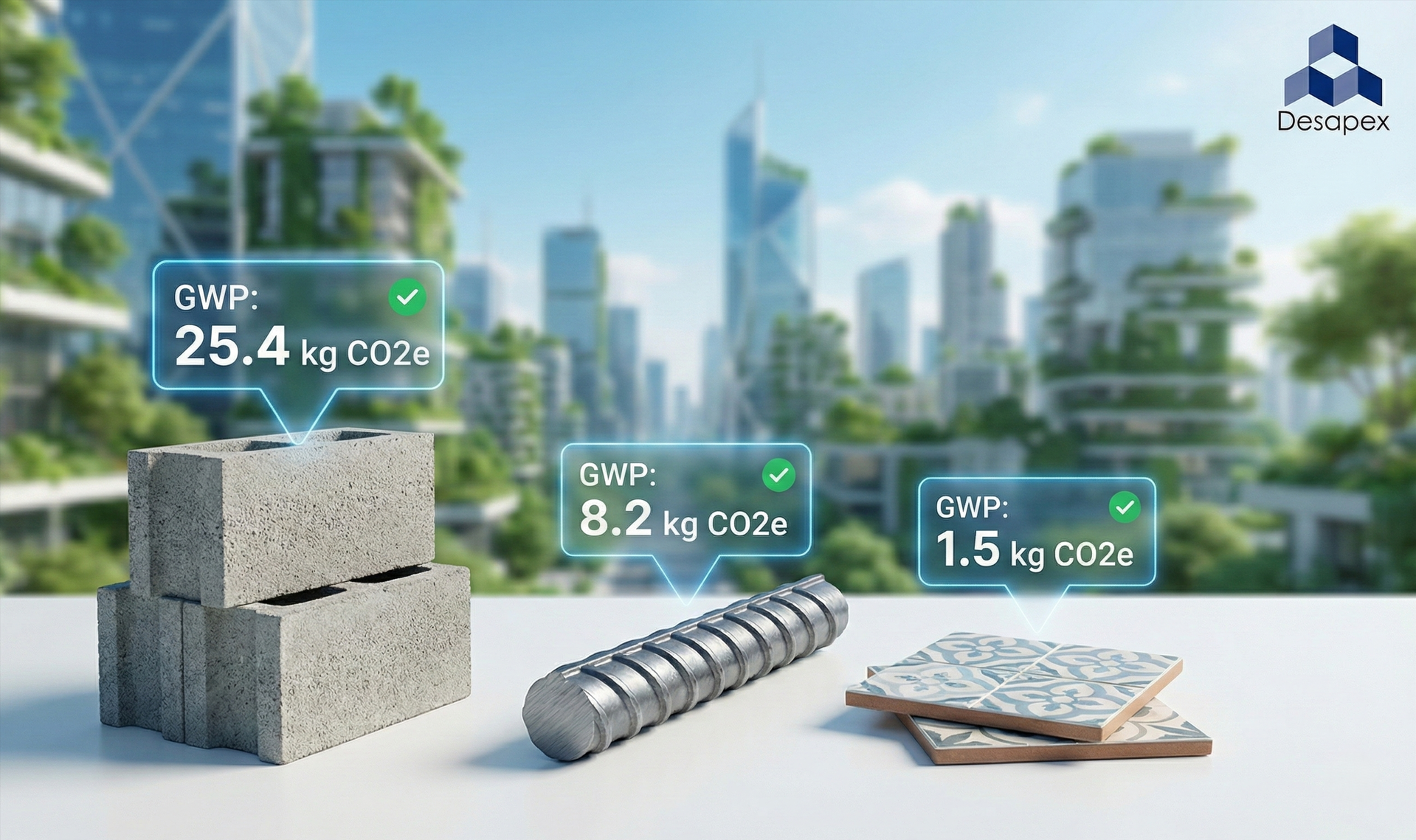Key Challenges & How we solved the problem
The major challenge faced was a discrepancy between the site and layout shared. Either the layouts were older or the As-built did not reflect the site changes.
- Solution: While the site visits the floor was checked with great attention to identify the variations this would help to decide if Laser Scanning was required. Once the building was leased the building was laser scanned to bring the existing conditions to the Architects' desk for error-free fit-out design.
Another greatest challenge was getting the right information from the developer. Due to poor information management, the latest information regarding the building was not available to the developer.
- Solution: Based on past experience we drafted a detailed questionnaire for each trade. For all the missing information the data was either physically collected at the site or from the site team with the help of checklists. This reduced the gaps for due diligence.
Managing BIM-developed information and ensuring only the latest information is used at the site.
- Solution: All Subcontractors were mandated information exchange only through CDE and assigned relevant information when sharing with other parties. This would avoid using older versions/ revision of drawings by other stakeholders in the project bringing transparency across all parties involved.
Use of BIM Models for Digital Handover to Building Owners & Facility Team.
- Solution: All the information produced is not limited to only the Design and Construction Phase, But also can be used while the Operations and Management Phase. The BIM with relevant nongeometric information can be used directly in various CMMS platforms for managing any facility.














